Introduction to Neumatic Colloids
Nematic colloids are materials with perpendicular surface anchoring embedded in planar nematic liquid crystal (NLC) cells. Topological defects, such as point defects and disclination lines, are a necessary consequence of broken symmetry in the system.
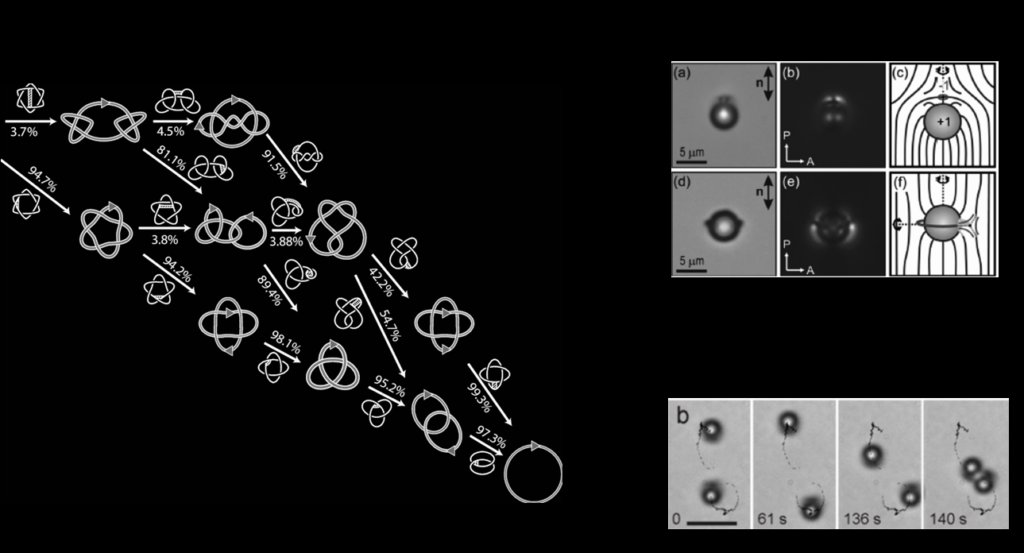
In nematic liquid crystals (NLCs), defects manifest as isolated points and disclination lines, which can form closed loops or span throughout the crystal.
Due to the fluidity of NLCs, defects naturally reach equilibrium positions to minimize their free energy, resulting in visually striking patterns under polarized light.
Elastic dipoles and quadrupoles
Silica microspheres embedded in a planar NLC cell induce point defects and Saturn rings. Elastic distortion around particles is visible under crossed polarizers. Schematic representations show topological dipole and quadrupole configurations arising from homeotropic boundary conditions
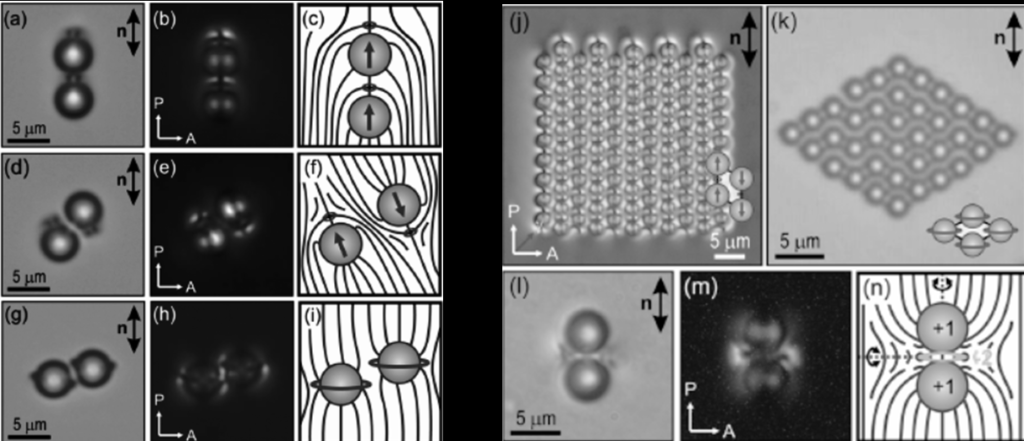
Entangled and knotted defect loops
Spontaneous entanglement of colloidal structures in a twisted nematic cell. Twisted Saturn rings around particles join to form figure-eight entanglements during nematic dispersion flow. These entangled pairs extend into chains and clusters. The Saturn ring around a single microsphere is twisted into a figure-eight shape, tilted at 45 degrees to rubbing directions. Schematic illustrations show possible defect line segment propagation directions as the particle count increases, resulting in configurations equivalent to a trivial knot or unknot
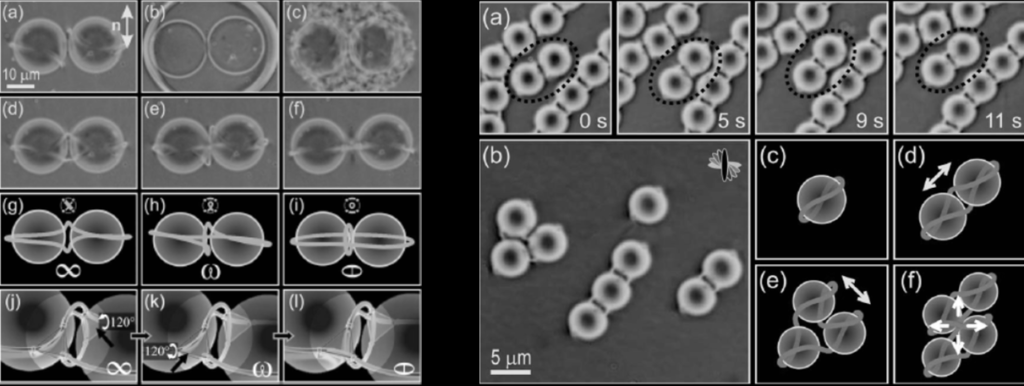
Knot Projections and Knot Diagrams
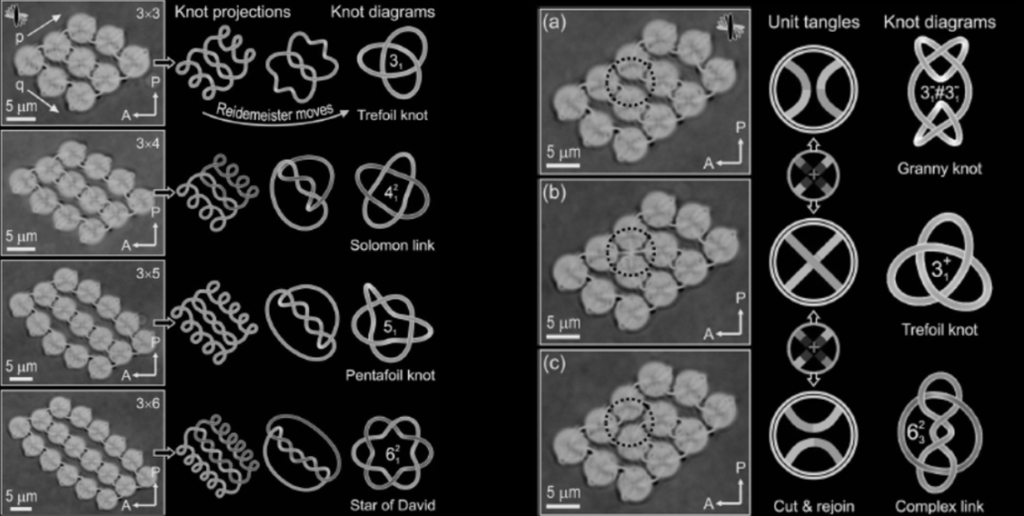
Colloidal shape-dependent defect
Colloidal handlebodies in uniform NLCs. Single toroidal particles with perpendicular surface anchoring exhibit outer disclination loops and either inner hyperbolic point defects or additional disclination loops. Polarizing micrographs and n(r) diagrams illustrate local molecular orientation.
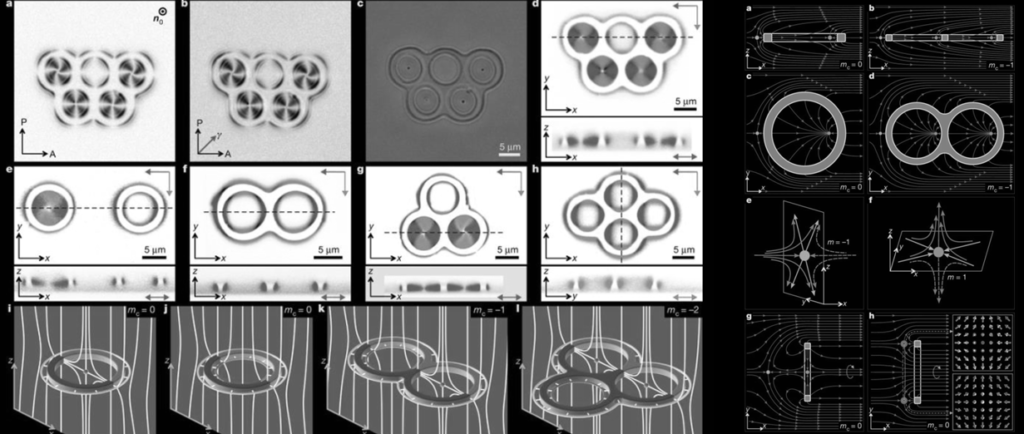
Colloidal shape-Graph

Pair potential for collinear attraction shown in side-by-side attraction in Scale bar, 5 µm.Dipole-dipole pair-interaction energy in nematic liquid crystal for two parallel and antiparallel dipolesQuadrupole-quadrupole pair-interaction energy in a nematic liquid crystal. Scale bar, 5 µm.
Pseudocode
Details
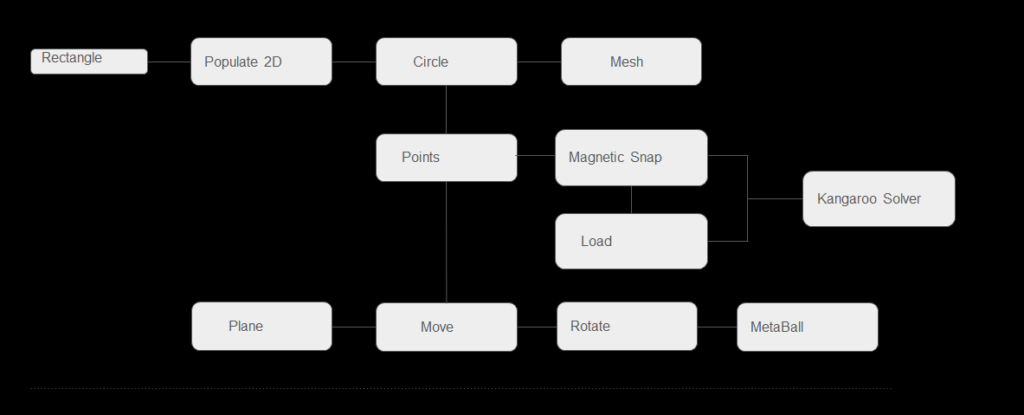
GH Script
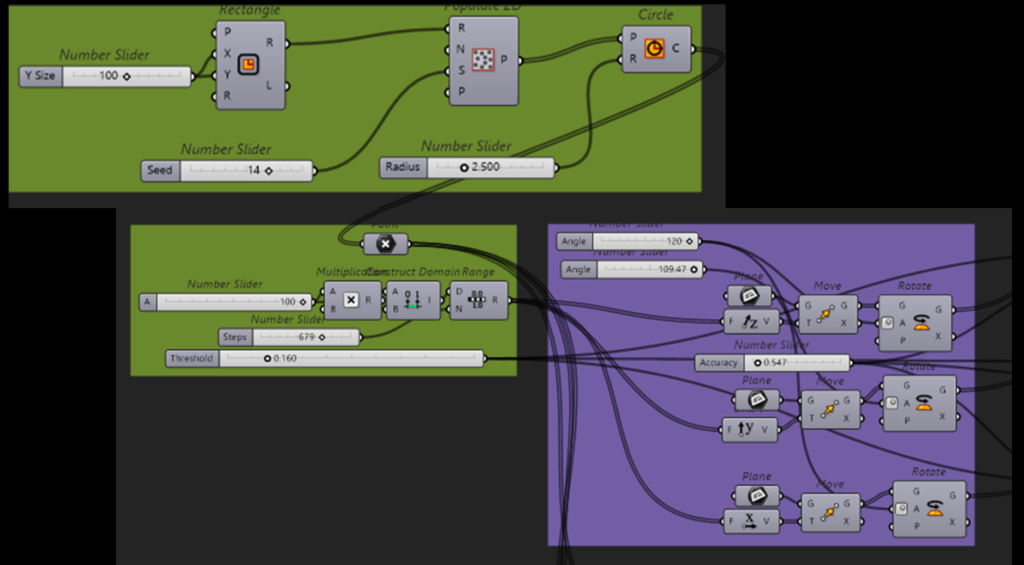
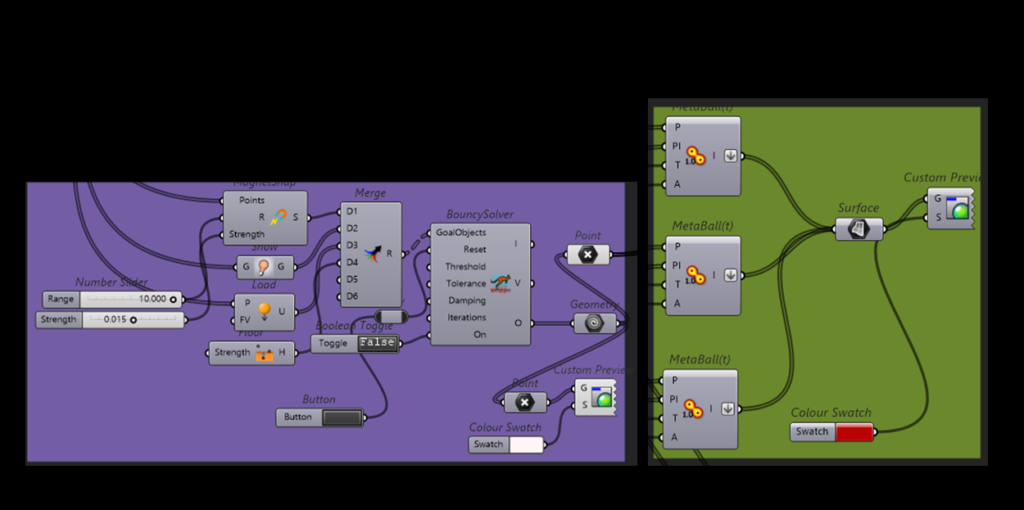
Animation
Images

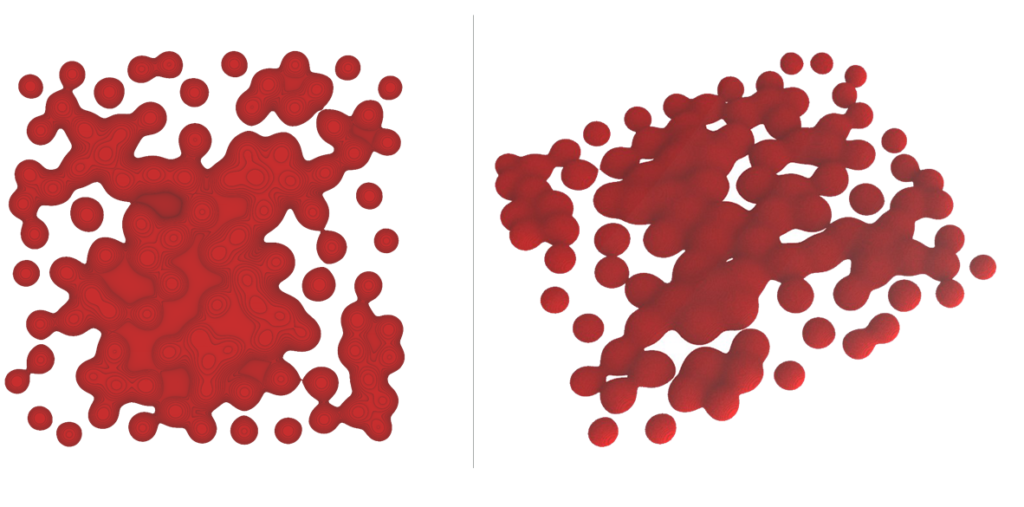
References

